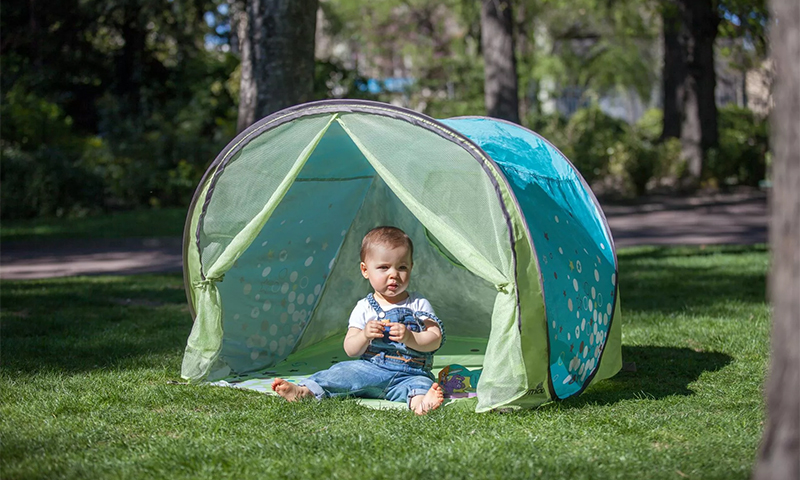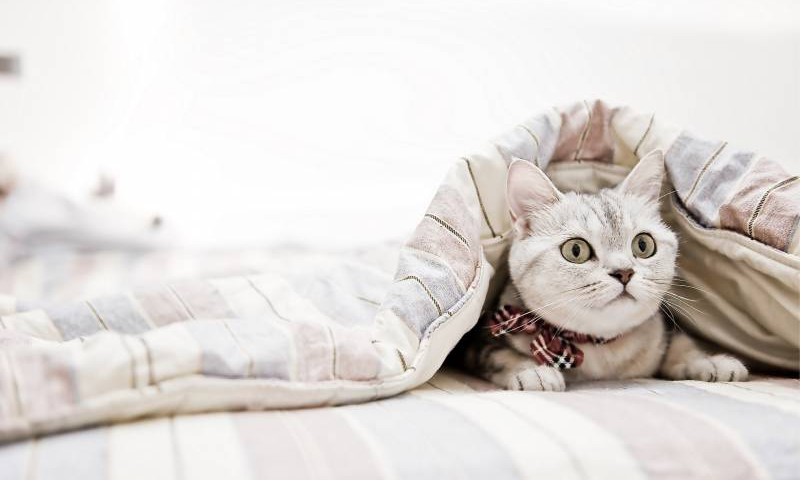Staying in nature with an overnight stay requires the main element for a comfortable sleep - a reliable sleeping bag. A quality product will save from temperature extremes, wind blowing and penetration of moisture. How to choose a sleeping bag in order not to remember the night with horror, but feel rested and healthy? We will understand in more detail.

Content:
The best manufacturers of sleeping bags - which company to choose
The market of tourist equipment is constantly updated with new developments in the field of production of universal and specialized sleeping bags. Huge variety makes it difficult to choose. Therefore, it is better to pay attention to the most popular companies whose products are highly appreciated by travelers.
These include:
- Marmot
- Deuter
- Trimm
- See also: Top sleeping bags rating
Structure and technological aspects of sleeping bags

Sleeping bags are quilted across bags for sleeping in field conditions. Fasten with a long zipper on the front or side.
Regardless of the form, their design always assumes three main layers:
1. outer;
2. average;
3. interior.
The materials used for the topcoat must withstand intense conditions. Most often it is wear-resistant fabrics, with good breathing abilities and resisting moisture. The latter is especially true for down products.
These characteristics have nylon, polyester. The first is more flexible, and the second is more dense to the touch. Hard-blown rip-stop coatings (Pertex, Ultrex) prevent the outer surface from breaking.
A layer of filler is necessary to preserve the heat inside. Usually, synthetic fibers, fluff are used for these purposes. Artificial insulation is most common due to the ability to quickly dry out at high humidity. The natural down has well proved itself in high-altitude dry conditions.
For the inner lining are selected hypoallergenic fabrics, easily breathable. On this depends the normal heat exchange of the human body, and therefore - a healthy sleep. To protect against the biting of the fabric when fastening the zipper, a stitching tape is provided.
Branded sleeping bag is usually equipped with an additional collar with a layer of insulation. The elastic utyazhka allows you to pull it down, if necessary, so that the heat does not go out. It has a secret pocket for storing your phone or documents. Fastened with a durable Velcro.
The most common insulants include:
- thermolight;
- holofiber;
- Primaloft;
- down
Thermolight koala is a synthetic material consisting of seven-channel porous fibers. Thanks to the ability to absorb air, they create a kind of multi-layered pillow with good ventilation. It is one of the most common fillers in the Czech tourism industry.
Holofiber - a springy structure is a hypoallergenic material with an excellent ability to recover after folding. Heat treatment with silicone increases its ability to resist wetting. He loses in the ease of the previous type of insulation, but has a lower price.
Primaloft is close to natural down in heat insulating abilities. It does not lose its properties in damp conditions. The uniqueness of its design is provided by a combination of ultra-thin hollow fibers with the same, but having a larger diameter.Often used in extreme conditions and expensive.
Fluff (goose) - one of the most expensive fillers. It has the best performance on compression and heat accumulation. Sleeping bags based on it weigh up to 400 g, almost do not take up space in the backpack and warm in severe frosts. But, despite the hydrophobic treatment, it absorbs too much moisture and is difficult to dry during travel.
Types of sleeping bags
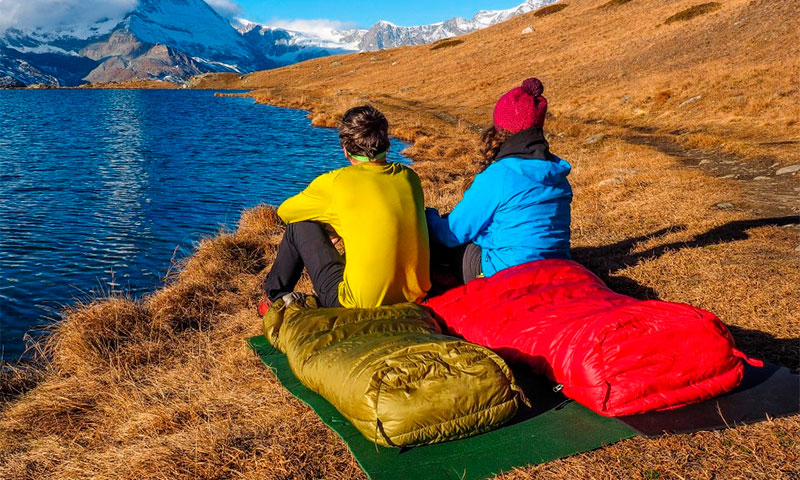
The form
The following forms of sleeping bags are distinguished:
1. cocoon (with hood);
2. blanket (with or without a hood).
Cocoons

Cocoons get their name because of the configuration, repeating the silhouette of the human body. They are narrowed down (usually 50-55 cm) and expand in the upper part (up to 100 cm).
Pros:
- maximum reduction of warming time;
- elimination of heat losses;
- saving in weight (from 400 g to 2 kg) due to the small amount of material and filler;
- size reduction when folded;
Minuses:
- tight placement restricts movement in sleep;
- not suitable for large people with high weight;
- usually the zipper is unzipped to the feet.
Blankets

Blankets have an equal width at the head and legs (80-100 cm). Anyone can fit in such a bag and can completely relax during the hours of rest. Models with opposing zippers joint together. From two sleeping bags, one is wide. So sleep warmer in extreme conditions.
Pros:
- optimum comfort with sufficient dimensions;
- greater interior space;
- the ability to roll over if desired on the side;
- the long zipper opens the bag completely, turning it into a full-fledged blanket.
Minuses:
- always more weight with the same temperature ranges (sometimes up to 3 kg);
- bulky volume when folded;
- The main destination is summer and off season.
Most often in the sleeping bag has a hood to cover the head from the cold and wind. His absence in some blankets indicates exclusively the summer use of such models.
Seasonal varieties
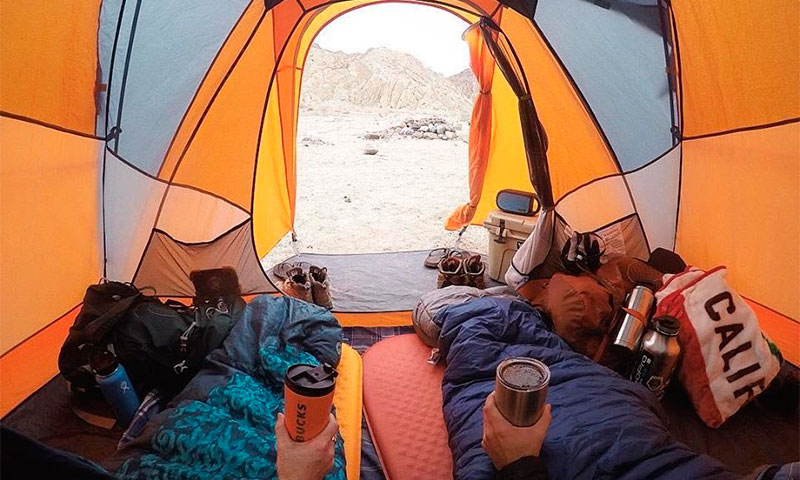
On branded sleeping bags there is always a label on the parameters of comfort, extreme and highest temperature. These figures help to find out in what conditions the rest in a particular model is most acceptable.
Differentiate products:
- summer (from + 12 ° to 0 °);
- off-season (from 0 ° to - 6 °);
- winter (from - 6 ° to - 15 °);
- extreme (from - 15 ° to - 40 °).
Extreme marks indicate the possibility of being in a sleeping bag with these indicators (in clothing) for no more than 6 hours.
Exceeding the limit can lead to hypothermia and colds afterwards. The highest temperature markers are relative and not significant.
Sleeping bag selection options
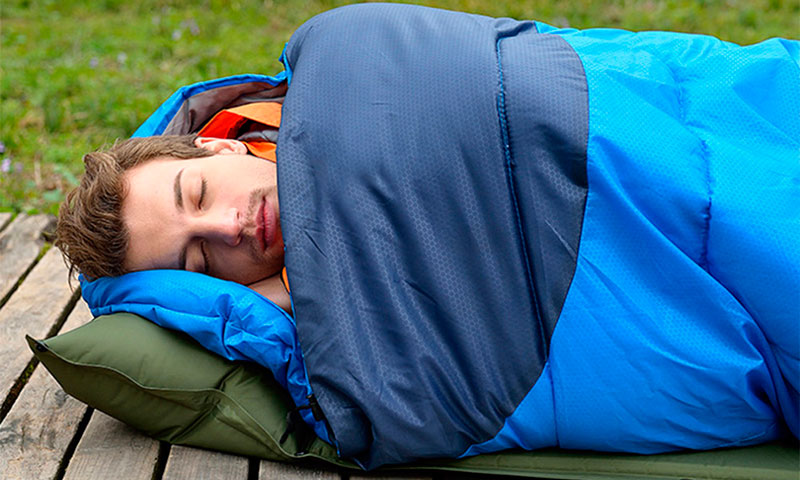
Studying models in the store before buying, you need to rely in your choice on the main characteristics:
- bag cut;
- type of filler;
- comfort temperature;
- weight and dimensions.
In addition to the main points, it is worth considering the subtleties that distinguish branded products from doubtful ones. A quality sleeping bag must have stripes with markings inside. Confirmation of the figures is the certification of products that should be requested for review.
In places of seams the layer of insulation should be felt. Otherwise, these zones are easily blown by the wind, cool the cold. Opened sleeping within fluffs for an hour, drawing air. An exception is the models designed for warm seasons, with minimal content.
Durable cords, accessories, strong zipper - indicators of good quality. Most famous manufacturers use Japanese YKK elements. The presence of a protective tape along the entire length of the fastener, loops for drying in the lower part - all this also serves as proof of compliance with the standards and a decent level of production.
The package bundle is supplemented with a sturdy compression cover. Coupling slings on it will help to squeeze the bag almost doubled if necessary. However, it is not recommended to keep the product in this form, so that the filler does not stick.
If during the inspection defects are visible (curves of seams, knocked out insulation, hanging threads, arrows on the fabric), then on this option you should not stop the choice. Endless repairs will turn the journey into an agonizing torture.
Which sleeping bag to choose
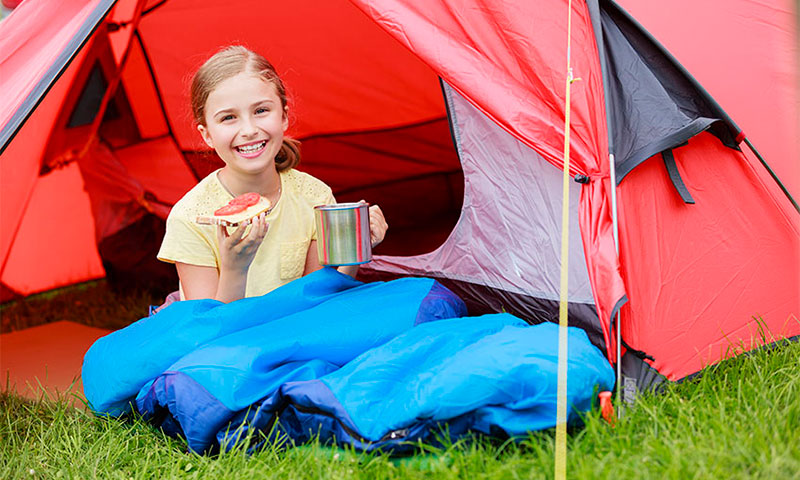
1. Universal sleeping bags that will be equally good in different environmental conditions do not exist. It should be remembered that an unknown-made sleeping bag may not be warm enough, despite assurances to the contrary. Giving preference to reliable brands, the tourist (especially inexperienced) will protect themselves from many troubles.
2. Going to conquer the snowy peaks, you will have to take into account every gram behind your shoulders. It is wiser to purchase an expensive downy sleeping attribute to return home without a cold.
3. For hiking and parking in campgrounds suitable model with synthetic insulation. Their variant is selected on the basis of weather conditions of a certain season. It is pleasant to relax in a spacious blanket, especially if urgent charges and transfers to a new parking point are not expected in the morning. People who are allergic to synthetics should choose sleeping bags with inner linings made from natural fabrics.
4. Overnight at the water after noble fishing will seem cozy in a wide warm blanket with a hood. Great weight is not a problem if the movement is carried out on the car. A long hike does not seem tedious, if you can wrap up after a long journey in a sleeping bag-cocoon, tight-fitting body, protecting it from the cold air.
5. On long-term expeditions it is more convenient to use cocoons for sleeping. Their optimal weight and moderate dimensions will save internal space in a backpack. Synthetic insulator is not saturated with excess moisture and dries quickly during their stay in the camp.
6. For a child, a child's product is suitable, designed for his height, having additional layers of insulation in his legs or back. Specially adapted for a teenage hand, fittings facilitate exploitation, and pleasant bonuses in the form of highlights, small lanterns will add a bit of adventure when traveling with adults.
7. Sleeping on a hot summer night will be homely in a very light blanket with a flannelette lining without a hood. If it becomes completely stuffy, it can be unbuttoned, thrown over the body, protecting itself from blood-sucking insects.
How much is a sleeping bag
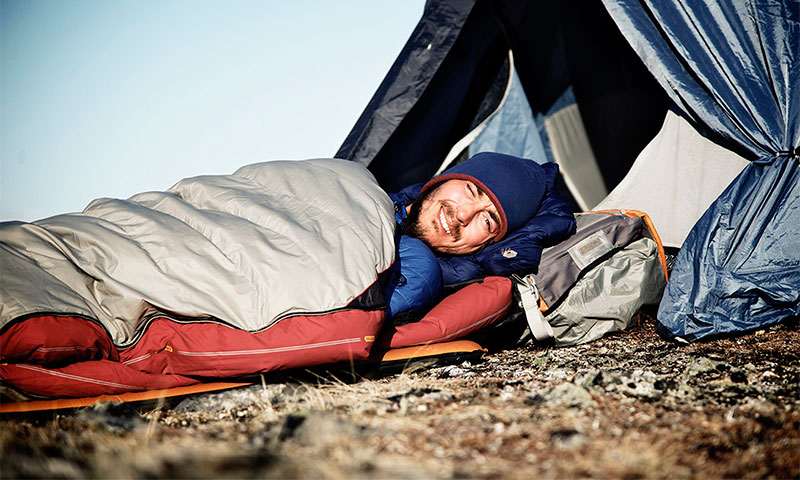
1. Expedition winter bags with synthetics inside the manufacturers Marmot, Trimm, Deuter will cost from 5000 rubles. up to 70,000 rubles, depending on the class of filler;
2. The warmest downy starts from 18,000 and cross over for 80–90000 rubles;
3. The price of blankets ranges from 5,000 to 9,000 rubles. Summer options are cheaper: 4000 - 6000 rubles;
4. Baby sleeping bags-cocoons: 3800 - 5000 rubles, and women’s - from 4500 to 15000 rubles.
Branded sleeping bags are not cheap. The choice in favor of a quality model is a sound investment in your own health, comfort and safety. In addition, such a product will last for years, saving its owner from dampness, cold and insomnia.
It will be interesting to friends too




